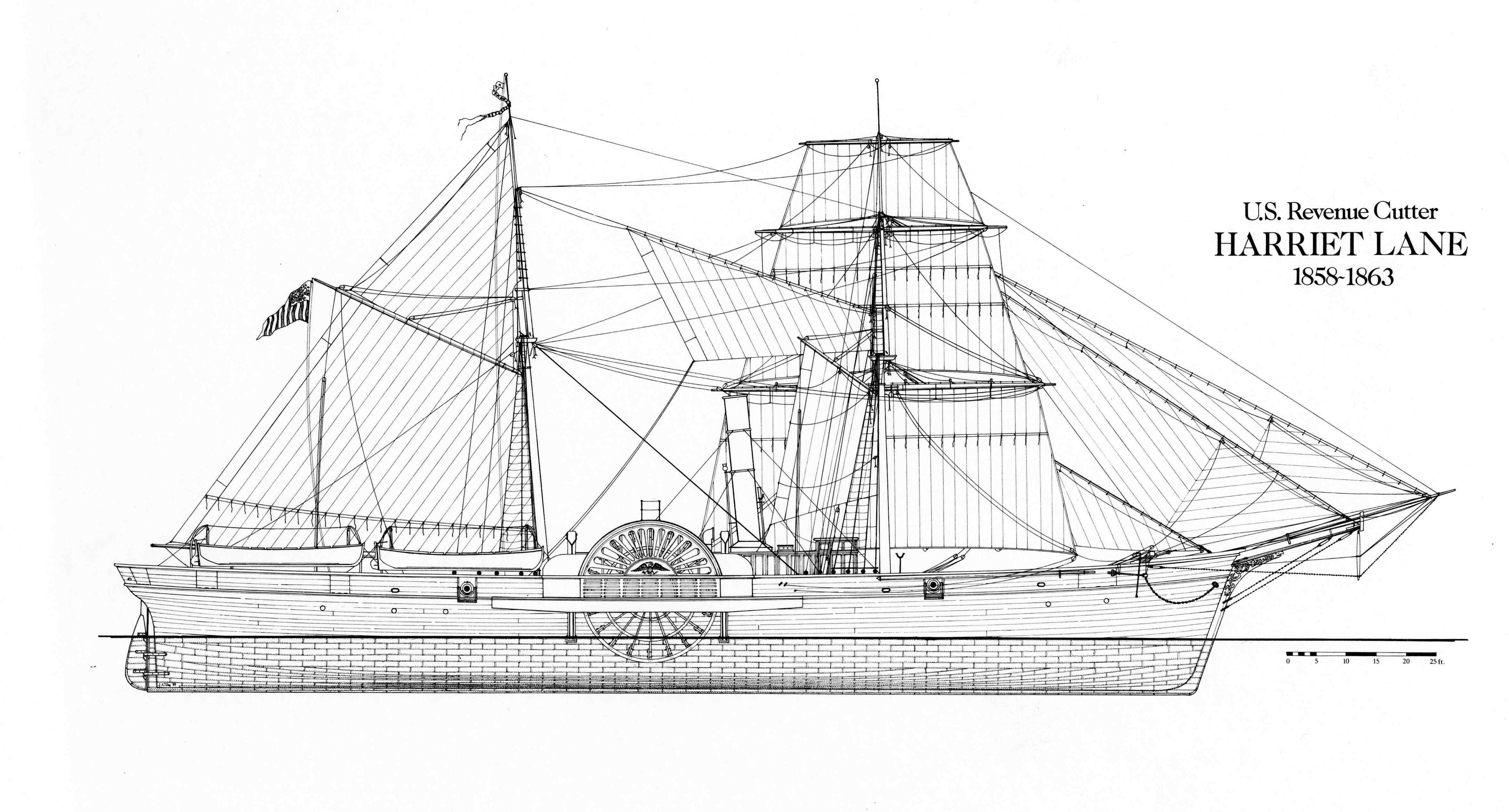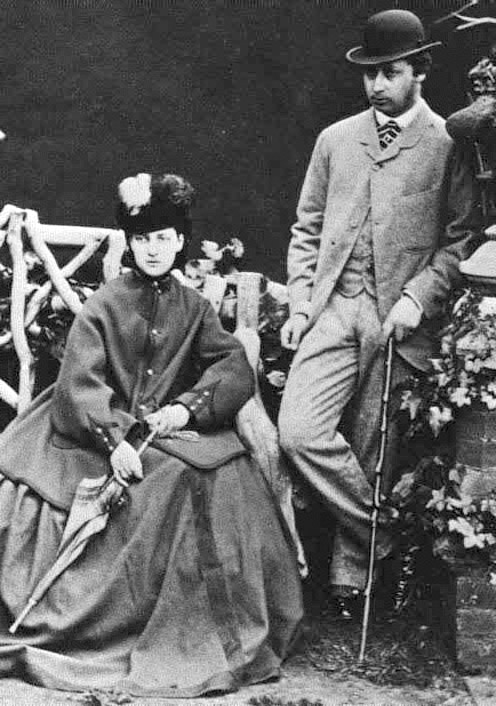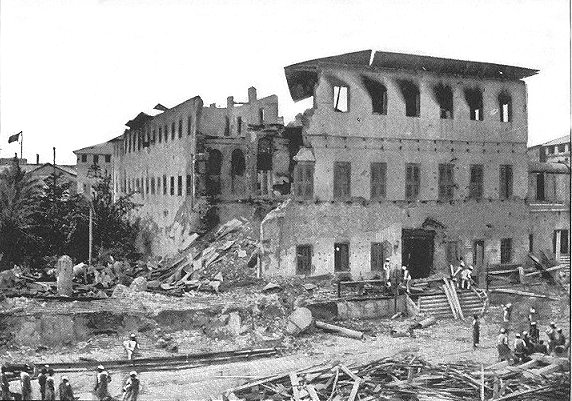|
CSS Harriet Lane
''Harriet Lane'' was a revenue cutter of the United States Revenue Cutter Service and, on the outbreak of the American Civil War, a ship of the United States Navy and later Confederate States Navy. The craft was named after the niece of senator and later United States President, James Buchanan; during his presidency, she acted as First Lady. The cutter was christened and entered the water for the Revenue Service in 1859 out of New York City, and saw action during the Civil War at Fort Sumter, New Orleans, Galveston, Texas, and Virginia Point. The Confederates captured her in 1863, whereupon she was converted to mercantile service. Union forces recaptured her at the end of war. The U.S. Navy declared her unfit for service and sold her. New owners out of Philadelphia renamed her ''Elliot Ritchie''. Her crew abandoned her at sea in 1881. Layout of the ship ''Harriet Lane'' measured 177.5 feet long, 30.5 feet wide and 12 feet from the bottom of the hull to the main deck. Her prop ... [...More Info...] [...Related Items...] OR: [Wikipedia] [Google] [Baidu] |
Builder's Old Measurement
Builder's Old Measurement (BOM, bm, OM, and o.m.) is the method used in England from approximately 1650 to 1849 for calculating the cargo capacity of a ship. It is a volumetric measurement of cubic capacity. It estimated the tonnage of a ship based on length and maximum beam. It is expressed in "tons burden" (, ), and abbreviated "tons bm". The formula is: : \text = \frac where: * ''Length'' is the length, in feet, from the stem to the sternpost; * '' Beam'' is the maximum beam, in feet. The Builder's Old Measurement formula remained in effect until the advent of steam propulsion. Steamships required a different method of estimating tonnage, because the ratio of length to beam was larger and a significant volume of internal space was used for boilers and machinery. In 1849, the Moorsom System was created in the United Kingdom. The Moorsom system calculates the cargo-carrying capacity in cubic feet, another method of volumetric measurement. The capacity in cubic feet i ... [...More Info...] [...Related Items...] OR: [Wikipedia] [Google] [Baidu] |
Forecastle
The forecastle ( ; contracted as fo'c'sle or fo'c's'le) is the upper deck (ship), deck of a sailing ship forward of the foremast, or, historically, the forward part of a ship with the sailors' living quarters. Related to the latter meaning is the phrase "Wiktionary:before the mast, before the mast" which denotes anything related to ordinary sailors, as opposed to a ship's officers. History and design In medieval shipbuilding, a ship of war was usually equipped with a tall, multi-deck castle-like structure in the bow (ship), bow of the ship. It served as a platform for archers to shoot down on enemy ships, or as a defensive stronghold if the ship were boarded. A similar but usually much larger structure, called the aftcastle, was at the aft end of the ship, often stretching all the way from the main Mast (sailing), mast to the stern. Having such tall upper works on the ship was detrimental to sailing performance. As cannons were introduced and gunfire replaced boarding as th ... [...More Info...] [...Related Items...] OR: [Wikipedia] [Google] [Baidu] |
Edward VII
Edward VII (Albert Edward; 9 November 1841 – 6 May 1910) was King of the United Kingdom and the British Dominions, and Emperor of India, from 22 January 1901 until Death and state funeral of Edward VII, his death in 1910. The second child and eldest son of Queen Victoria and Prince Albert of Saxe-Coburg and Gotha, Edward, nicknamed "Bertie", was related to royalty throughout Europe. He was Prince of Wales and heir apparent to the British throne for almost 60 years. During his mother's reign, he was largely excluded from political influence and came to personify the fashionable, leisured elite. He Wedding of Prince Albert Edward and Princess Alexandra, married Princess Alexandra of Denmark in 1863, and the couple had six children. As Prince of Wales, Edward travelled throughout Britain performing ceremonial public duties and represented Britain on visits abroad. His tours of North America in 1860 and of the Indian subcontinent in 1875 proved popular successes. Despite the ap ... [...More Info...] [...Related Items...] OR: [Wikipedia] [Google] [Baidu] |
Paraná River
The Paraná River ( ; ; ) is a river in south-central South America, running through Brazil, Paraguay, and Argentina for some ."Parana River". Encyclopædia Britannica. Encyclopædia Britannica Online. Encyclopædia Britannica Inc., 2012. Web. 26 May. 2012 https://www.britannica.com/EBchecked/topic/443063/Parana-River . "Rio de la Plata". Encyclopædia Britannica. Encyclopædia Britannica Online. Encyclopædia Britannica Inc., 2012. Web. 26 May. 2012 https://www.britannica.com/EBchecked/topic/463804/Rio-de-la-Plata Among South American rivers, it is second in length only to the Amazon River. It merges with the Paraguay River and then farther downstream with the Uruguay River to form the Río de la Plata and empties into the Atlantic Ocean. The first European to go up the Paraná River was the Venetian explorer Sebastian Cabot (explorer), Sebastian Cabot, in 1526, while working for Spain. A drought hit the river in 2021, causing a 77-year low. Etymology In eastern South Amer ... [...More Info...] [...Related Items...] OR: [Wikipedia] [Google] [Baidu] |
William B
William is a masculine given name of Germanic origin. It became popular in England after the Norman conquest in 1066,All Things William"Meaning & Origin of the Name"/ref> and remained so throughout the Middle Ages and into the modern era. It is sometimes abbreviated "Wm." Shortened familiar versions in English include Will or Wil, Wills, Willy, Willie, Bill, Billie, and Billy. A common Irish form is Liam. Scottish diminutives include Wull, Willie or Wullie (as in Oor Wullie). Female forms include Willa, Willemina, Wilma and Wilhelmina. Etymology William is related to the German given name ''Wilhelm''. Both ultimately descend from Proto-Germanic ''*Wiljahelmaz'', with a direct cognate also in the Old Norse name ''Vilhjalmr'' and a West Germanic borrowing into Medieval Latin ''Willelmus''. The Proto-Germanic name is a compound of *''wiljô'' "will, wish, desire" and *''helmaz'' "helm, helmet".Hanks, Hardcastle and Hodges, ''Oxford Dictionary of First Names'', Oxfor ... [...More Info...] [...Related Items...] OR: [Wikipedia] [Google] [Baidu] |
Gunboat Diplomacy
Gunboat diplomacy is the pursuit of foreign policy objectives with the aid of conspicuous displays of naval power, implying or constituting a direct threat of warfare should terms not be agreeable to the superior force. The term originated in the 19th century, during the age of imperialism, when Western powers, especially the United Kingdom, France, Germany and the United States would use their superior military capabilities, particularly their naval assets, to intimidate less powerful nations into granting concessions. The mere presence of warships off a country's coast was often enough to have a significant effect, making the actual use of force rarely necessary. Etymology The term "gunboat diplomacy" comes from the nineteenth-century period of imperialism, when Western powersfrom Europe and the United Stateswould intimidate other, less powerful entities into granting concessions through a demonstration of Western superior military capabilities, usually represented by t ... [...More Info...] [...Related Items...] OR: [Wikipedia] [Google] [Baidu] |
Carlos Antonio López
Carlos Antonio López Ynsfrán (November 4, 1792 – September 10, 1862) was leader of Paraguay from 1841 to 1862. Under his presidency, he undertook a process of economic and political modernization for Paraguay, and ended the isolationist policies of Paraguay dictator José Gaspar Rodríguez de Francia. Early life López was born at Manorá (Asunción) on November 4, 1792, as one of eight children. He graduated from Real Colegio y Seminario de San Carlos and then began a law practice, a profession which allowed him to develop influential connections. He attracted the hostility of the dictator José Gaspar Rodríguez de Francia, his reputed uncle, which caused him to go into hiding for several years. Political career López was briefly secretary of the military junta led by Colonel Mariano Roque Alonso that ruled the country from 1840 to 1841, after the death of Francia. On March 12, 1841, Congress chose López and Roque to be joint consuls for three years. In 1844, he exi ... [...More Info...] [...Related Items...] OR: [Wikipedia] [Google] [Baidu] |



